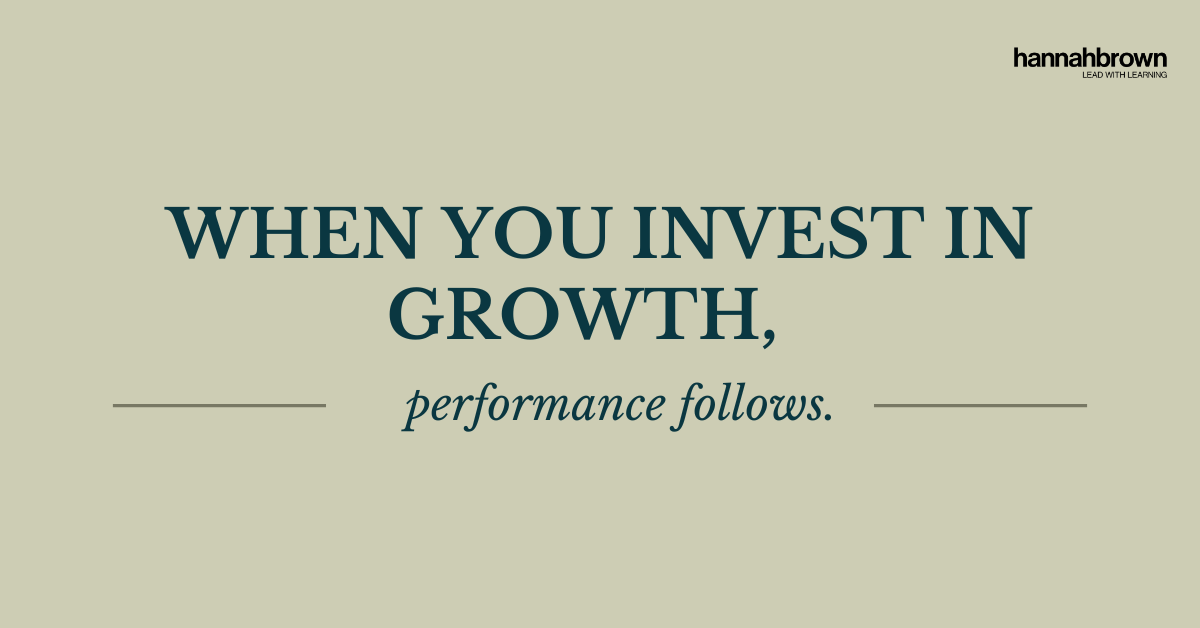Insights from the ATD Conference and Expo
I attended the American Talent Development (ATD) International Conference and Expo earlier this month. I presented a session, More than a Paycheque: A workplace to learn and grow. When organizations invest in their people and provide the opportunity to learn new skills, employees are more engaged and committed. They bring their best selves to work. As a result, their teams are higher performing. I could go on, but what I really want to talk about is a session I attended.
The best session I attended was The Science of Treat Teams: How to Create a Culture of Psychological Safety by Britt Andreatta. Britt covered the basics: the four levels of psychological safety, signs of psychological safety and that it includes both with each other and with the leader. She touched on the importance for people who are neurodivergent and to support DEI efforts.
Britt then went on to talk about neurosynchrony. This is the phenomenon where people’s brain waves align during moments of shared attention, emotional connection, and collaboration. Uri Hasson, a professor and researcher at Princeton University, studies how the brain processes communication, language, and social connection. His research has identified that:
- Shared understanding is critical for connection – when people have common context and feel safe to express themselves, their brains sync more effectively.
- Storytelling enhances trust and alignment – stories create stronger neural coupling, helping teams build emotional and cognitive connections.
- Disconnection happens without psychological safety – when individuals feel excluded, misunderstood, or unsafe, neural coupling breaks down, leading to poor communication and low engagement.
What this means for leaders is that psychological safety isn’t just about comfort—it creates the brain-based conditions for connection and collaboration. When people feel safe to contribute, their brains sync, trust grows, and teams perform at a higher level. I really appreciated Britt’s research-backed approach. So much so that I went right out and purchased one of her books – Wired to Connect: The Brain Science of Teams and a New Model for Creating Collaboration and Inclusion.

How are you creating shared experiences to build connection and trust within your team?
Does staying put feel safer than change?

I’ve been watching 1883, a prequel to Yellowstone that follows the Dutton family as they travel across the American frontier. I’m struck by the courage and resolve the pioneers had in traversing the country in search of a better life. It’s certainly in contrast to this cartoon!
And yet I think this cartoon reflects our current reality. It’s all too easy to settle into the status quo, even when it’s no longer serving us. We might realize the boat is sinking, but climbing out can feel overwhelming, so we just… stay put. The unknown feels riskier than our current situation, even if we’re slowly being dragged under. The pioneers in 1883 chose to make a change; often, we don’t get to choose. Change is thrust upon us. We don’t resist change because we’re lazy or incapable. We resist because change is hard. It requires us to let go of what we know and move toward something unclear. When I work with leaders and teams, I often share a simple but powerful model1:

Leaders play a critical role in helping their team leave their current quicksand and choose change. Here are three ways leaders can support their teams:
- Name the discomfort. Help your team surface what’s not working. That shared clarity builds urgency and momentum.
- Create a compelling vision. What’s the better future you’re working toward? Paint the picture so people can see themselves in it.
- Make the first step easy. Don’t aim for transformation overnight. Help people take a small step today that builds confidence for tomorrow.
When leaders do these things, they help their team overcome resistance. They help their team realize that the only thing riskier than change is staying exactly where they are.
What’s one part of your team’s status quo that isn’t working? – What discomfort are you tolerating out of habit?
Sources:
- Change Fatigue, by Tom Fishburne https://marketoonist.com/2024/12/change-fatigue.html
- Dethmer, J. Chapman, D. & Klemp, K. (2015). The 15 Commitments of Conscious Leadership: A New Paradigm for Sustainable Success. The Conscious Leadership Group.
Prioritize employee growth alongside performance

It can be difficult for leaders to balance employee growth and achieving performance targets. There’s pressure to deliver results, which often overshadows team and employee development. But the ‘secret sauce’ is that when leader invest in their people’s growth, performance naturally improves.
Investing in learning and growth doesn’t have to mean “doing more”. Leaders can integrate development opportunities into regular activities that are already happening.
- Find moments to share feedback as part of an existing conversation.
- Instead of responding to a question with a clear answer, assume a coaching mindset and ask a question.
- Acknowledge when you don’t have the answer. Admitting vulnerability encourages others to do the same and builds trust and promotes learning.
- Ask, “What have we learned from this?”
Create a culture where learning happens alongside achieving goals, not in place of it.
In case you missed it
I’ve shared some additional posts online. Here they are, in case you missed them.
- Does your leadership cast a shadow? (video link)
- Lead, Learn, Grow conversation cards to begin a workshop (video link)
